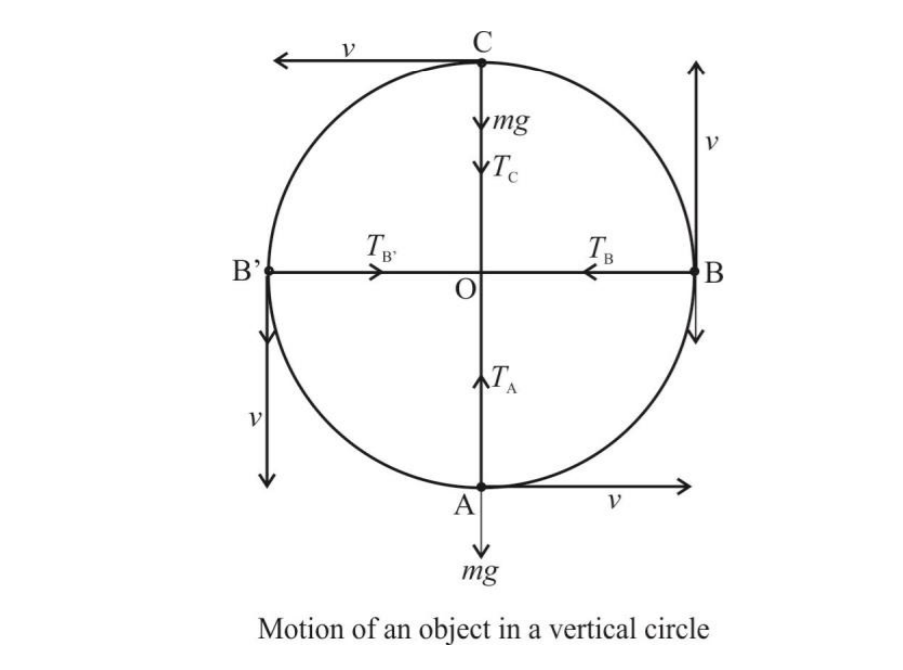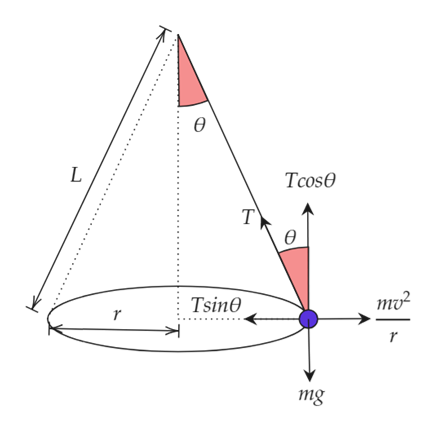Circular motion
Circular motion
Motion of particle on circular path is called circular motion.
•Uniform circular motion: speed, angular velocity, Kinetic energy remains constant. Tangential acceleration, work done are zero. Angular momentum is constant. Velocity, linear momentum, force, acceleration, displacement change only on direction. Velocity and acceleration are always perpendicular.
•Non-uniform circular motion: speed, angular velocity, Kinetic energy does not remains constant. Tangential acceleration is not zero. Angular momentum is constant. Velocity, linear momentum, force acceleration, displacement changes on magnitude and direction.
-If at=tangential acceleration and ac=centripetal acceleration, then,
Net acceleration=
Definitions
•Angular displacement(θ): It is the angle described by rotating body on fix axis.
(in radian)
•Angular velocity(ω): It is rate of change of angular displacement.
=2πf also v=ωr
•Angular acceleration (∝): It is rate of change of angular velocity.
also a=r∝
Where, a=linear acceleration, v=linear velocity
•Centripetal Force: It is force acting on particle undergoing circular motion.
It is given as
= So, Centripetal acceleration==rw2
Motion on vertical circle
•It is non-uniform circular Motion, because P.E changes and hence K.E.At any point let say p,
So,
(θ=0⁰)
(θ=180⁰)
(θ=90⁰)
For just completing a vertical Circle,
Velocity at lowest point
Velocity at highest point

Velocity and tension at any angle
If h be he height of circle from ground then
We have, T.E at C= T.E at P
Or, mg(h+2r) += +mg(h+r-)
Or, mg2r +mgr= +mg(r-rcosθ)
Solving,
And tension at P is = 3mg(1+cosθ)
•Difference between maximum and minimum tension is
=-
=-
=6mg
Conical pendulum ( Horizontal circular motion)

From figure,
and
so,
Time period of motion (T)=
Note that: For body to revolve in complete horizontal circle is required, for which velocity needed is finite which is not possible.
Motion of cyclist
i. If friction is provided: ;
ii. Banking of track: , so is angle of banking.
* Height raised== where L is the length between two wheels.
iii. If banking and roughness both are provided: if both are present then speed of vehicle for not skidding is
and
where = banking angle and = angle of friction
Force on concave and convex track
Convex circular track:
on concave road:
so force on concave track is greater than that on convex track :
Note: Normal reaction (N) first increases and then decreases on convex bridge as well as on concave bridge.